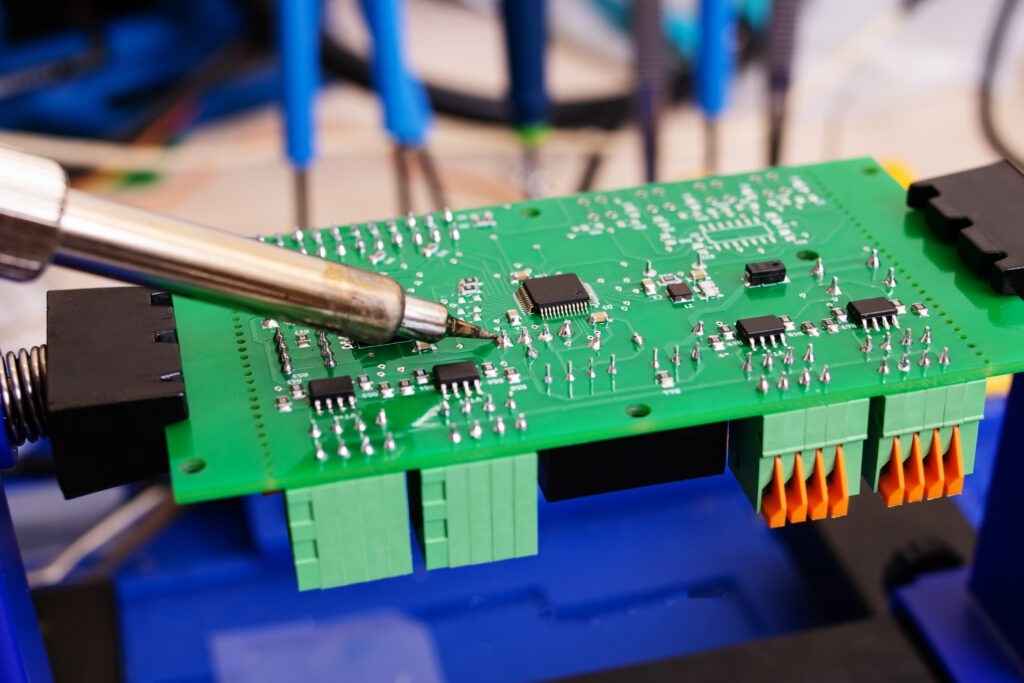
System Engineering
As a company providing end-to-end integrated systems services, Quadraticx provides the full range of services covering the process of designing and developing complex systems by taking a holistic and interdisciplinary approach.
Whether you have just an idea or already embarked on the solution development, we can support you throughout the solution development lifecycle from concept to design to development to the finished system tailored to your specific needs.
Our comprehensive and multidisciplinary approach (hardware, software, mechanical and integration) to design and development allows us to foresee potential risks and challenges to provide high quality, efficient costs and fast development.
Capabilities
Designing electromechanical systems that involve robotic arms, motorized actuators, sensors, and control systems for automation applications. This includes industrial robots, collaborative robots (cobots), robotic arms for pick-and-place operations, and automated manufacturing systems.
Mechatronics involve the integration of mechanical components with electronic and control systems to create intelligent and interactive systems. This includes applications such as robotic prosthetics, autonomous vehicles, advanced machinery, and smart home automation.
Designing systems that involve precise control of motion, such as CNC machines, 3D printers, automated positioning systems, and robotic motion control. This includes designing motor control mechanisms, kinematics, feedback systems, and closed-loop control algorithms.
Designing systems that incorporate various sensors and actuators for specific functionalities. This includes sensor integration for applications such as temperature sensing, pressure sensing, proximity detection, force sensing, and actuator integration for mechanisms such as valves, pumps, motors, and robotic grippers.
Our services encompass
Feasibility and analysis
Our feasibility studies can help you determine whether a particular concept, design, or technology can be implemented successfully within the given constraints. It allows the evaluation of technical challenges, identifying potential risks, and assessing the viability of the proposed solution.


Technology assessment
Before embarking on the solution development, it’s vital to perform technology assessment to help you in evaluating and analyzing different technologies to determine their suitability for the particular project or system. This involves assessing the capabilities, limitations, and compatibility of various technologies and selecting the most appropriate ones to meet the system requirements. The assessment services include
Requirement development
Our system engineers work closely with clients to understand their requirements and translate them into specific high-level, system-level and unit-level requirements. This includes defining the functionality, performance, interfaces, and constraints of the system and all its subcomponents.

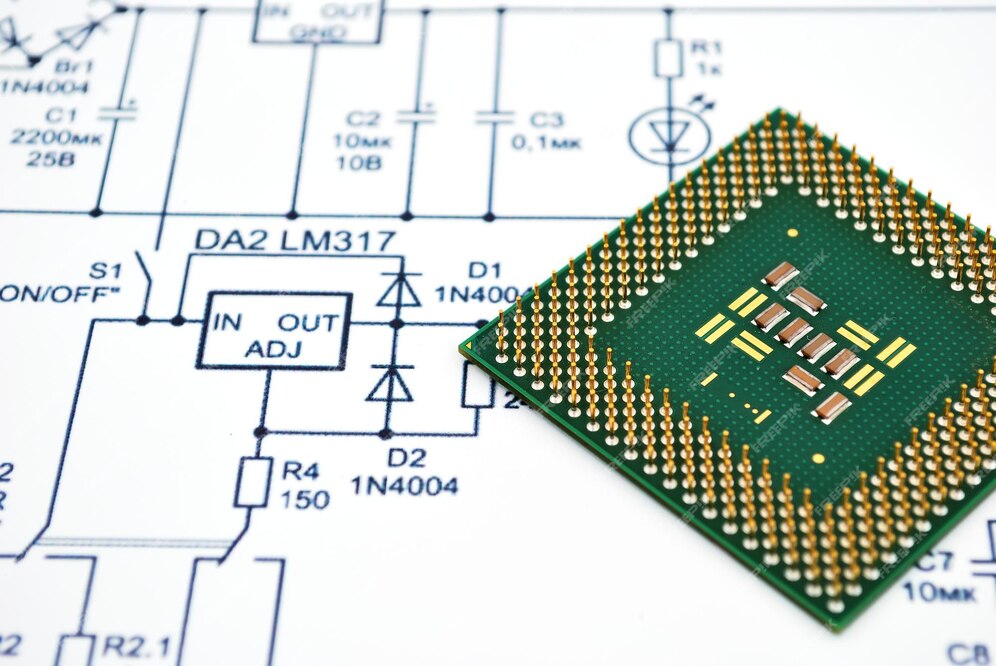
System design
We create a high-level architecture for the integrated system, which defines the overall structure, components, and interactions between different subsystems. This includes hardware components, firmware, and software layers. The design outcomes include:
System development
Based on the system requirements, including functional and non-functional aspects and its desired design considerations, our team can provide the below services for the system development:
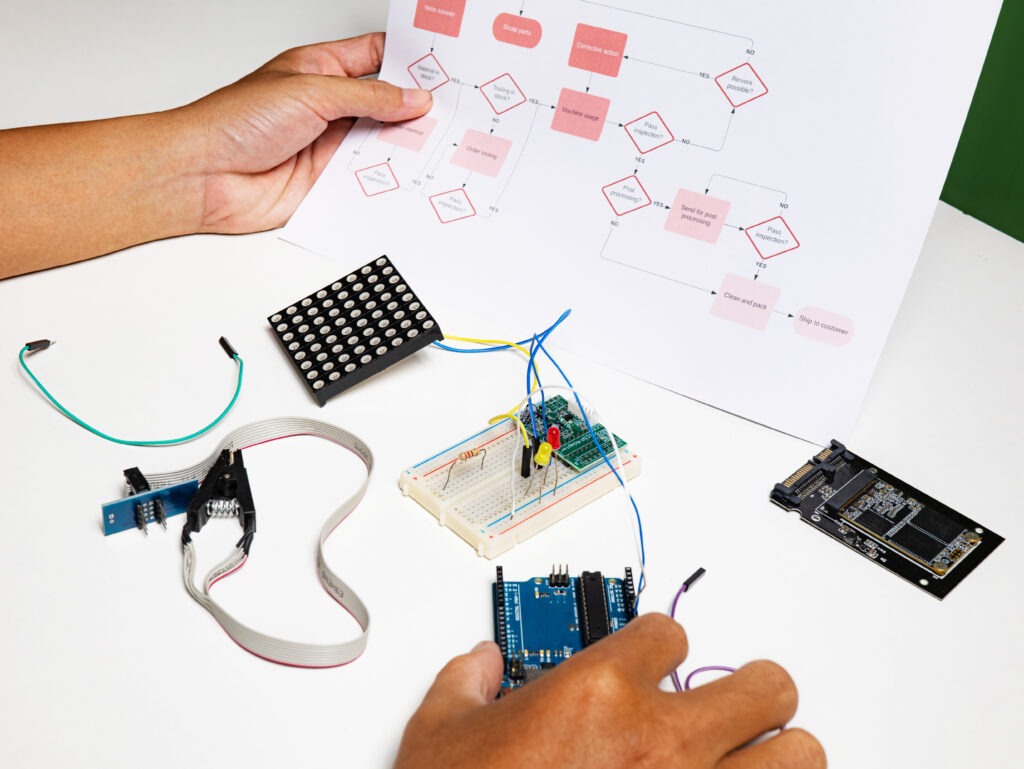
Embedded HW
Embedded hardware development involves designing the electronic circuits, PCB layouts, and selecting the appropriate electronic components to meet the system requirements. Hardware engineers work on designing the power supply, signal conditioning, communication interfaces, and other circuitry necessary for the system. This phase also includes prototyping, testing, and refining the hardware design.
Embedded SW
In parallel with hardware development, software engineers work on developing the embedded software that controls and interacts with the hardware components. This includes developing low-level firmware that manages the hardware interfaces, communication protocols, and data processing. Software development efforts may also involve developing middleware for system-level services, such as device drivers, communication protocols, and data management.
Software Applications
The software development phase focuses on creating software applications and interfaces that enable users to interact with the system. This involve front end such as; developing graphical user interfaces (GUIs), user-friendly controls, data visualization tools, and the backend including; data collection, data storage and data processing.
Mechanical design
In this phase, mechanical engineers work on designing the physical structure and components of the system. They create 3D models, conduct stress analysis, and select appropriate materials to meet the mechanical design requirements. The mechanical design phase involves considerations such as ergonomics, aesthetics, manufacturability, and assembly.
Electromechanical design
For systems that involve a combination of mechanical and electrical components, such as robotics or automation systems, the electromechanical design phase focuses on integrating and optimizing the interaction between mechanical components and electronic subsystems. This involves selecting and integrating sensors, actuators, motors, and other electromechanical elements into the mechanical design.
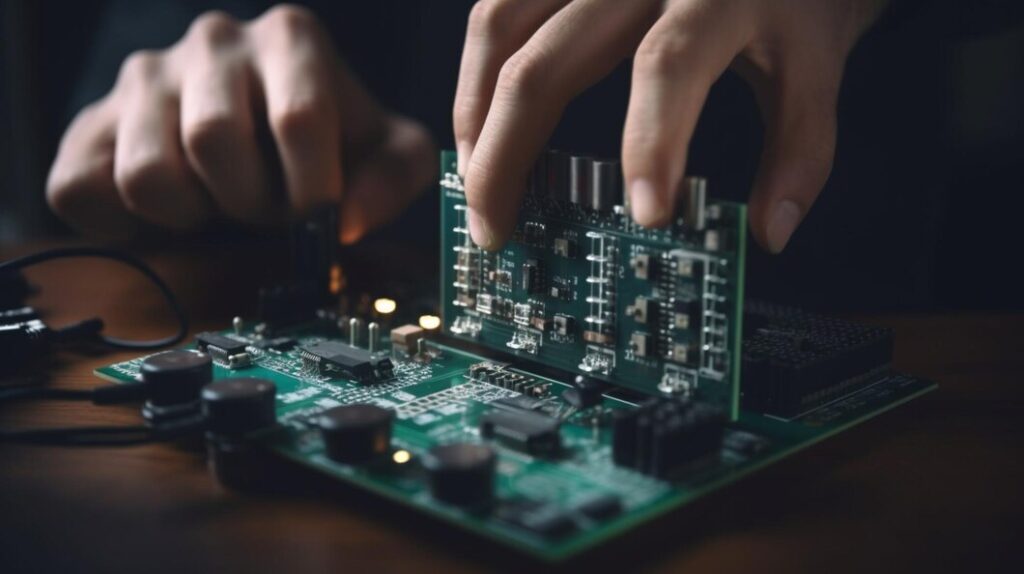
Integration
Integration between all the components of the system is a vital task to ensure seamless integration of hardware and software components within the system.
Testing
Thorough testing for the system performance and functionality in all possible working conditions and environments is conducted to ensure no bugs or glitches can occur. Our testing services include:
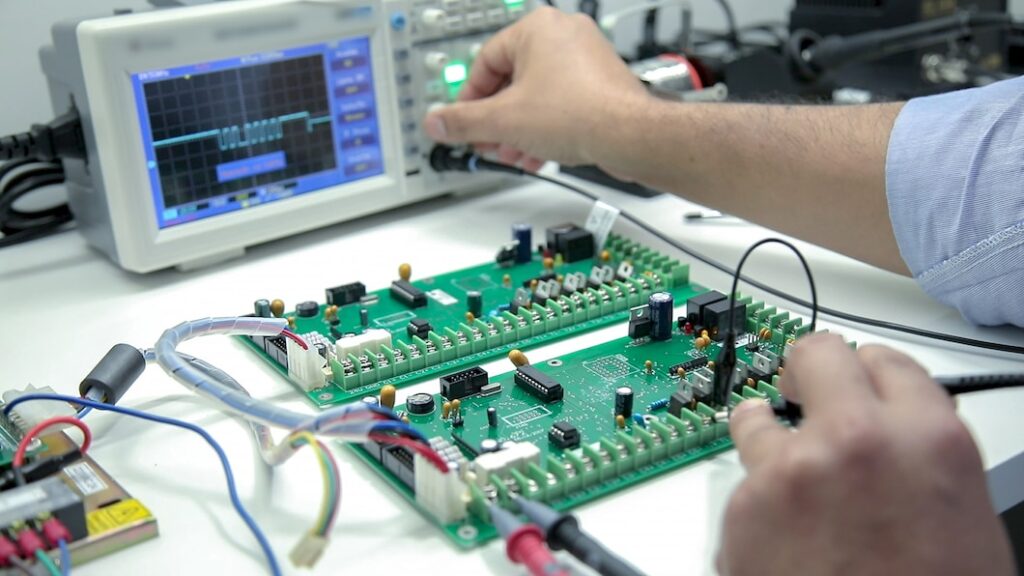

Verification and validation
The system is examined to verify that the system meets the defined requirements and functions as customer’s needs
Risk Management
Our System engineers identify and mitigate potential risks throughout the development process. They analyze and address technical, schedule, and cost risks to ensure smooth project execution and successful delivery.


System Optimization
Part of our system engineering services is optimization the system’s performance, reliability, power efficiency, and cost-effectiveness. Our engineers make trade-offs and design decisions to achieve the best possible balance between these factors.
POC development
a Proof of Concept is a valuable tool to validate ideas, engage with clients, mitigate risks, and make informed decisions before embarking on full-scale development. It helps ensure that the final solution meets the requirements and expectations of the client while minimizing potential setbacks and maximizing project success. Our engineers can build you a small-scale demonstration or prototype that aims to validate the feasibility and viability of a concept or technology before committing to full-scale development.
